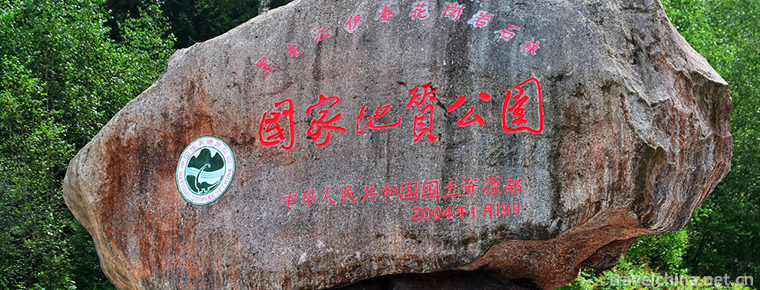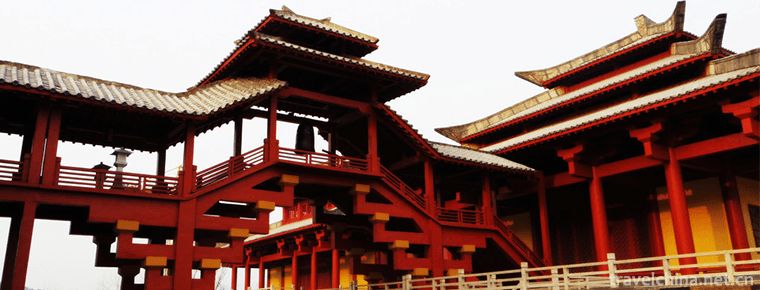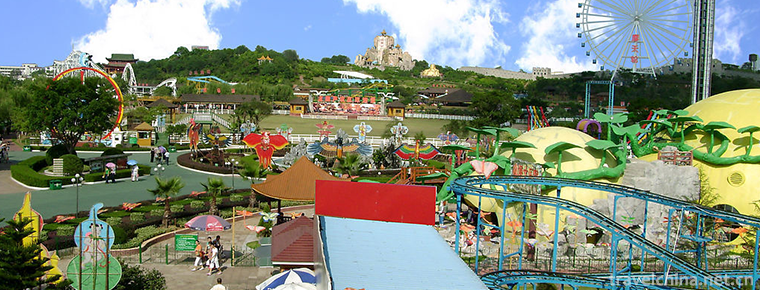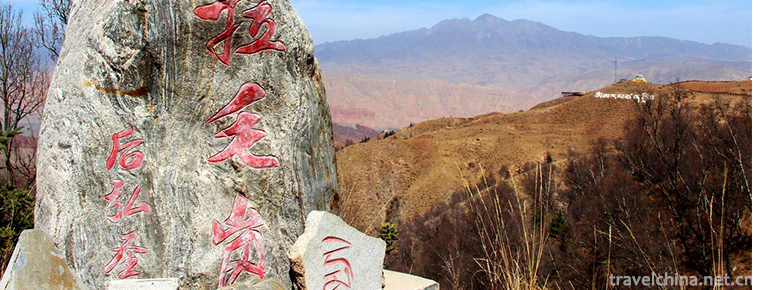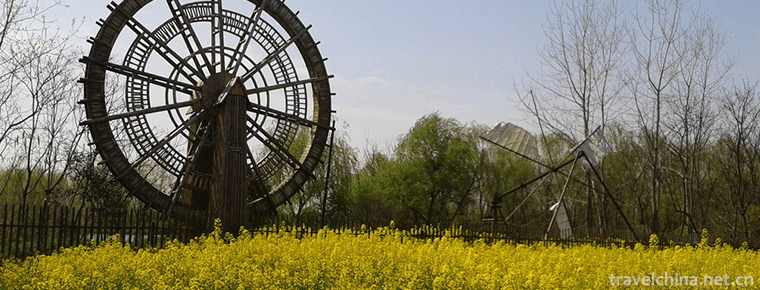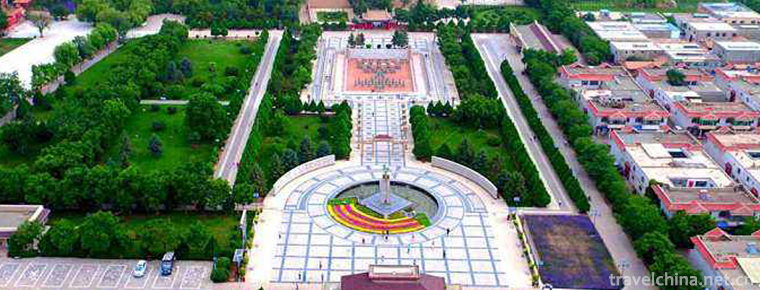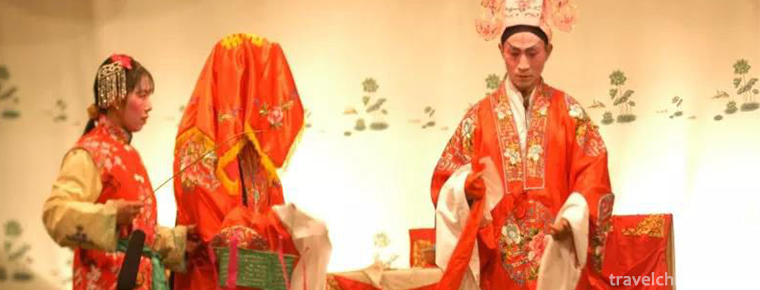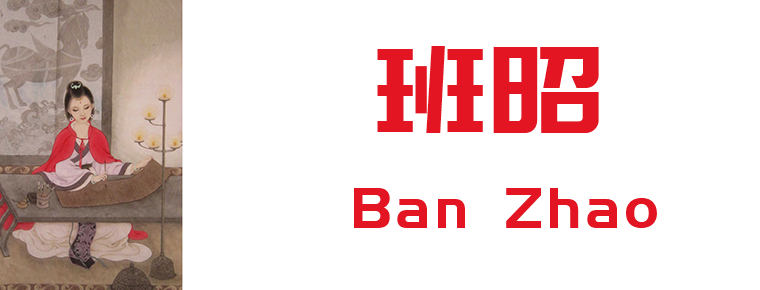Longkou Fans Traditional Handicraft Production Techniques
Longkou Fans Traditional Handicraft Production Techniques
In the late Ming and early Qing Dynasties, Zhaoyuan people created a new technique of making mungbean vermicelli, which was divided into three manual operation processes: powder pushing, powder leaking and powder drying. In 1860, Zhaoyuan fans who depended on this technology began to be shipped from Longkou, historically known as "Longkou fans". This technology was called the traditional handicraft production technology of Longkou fans by later generations. During the years of Xianfeng, this handicraft spread all over Zhaoyuan. At the beginning of the 19th century, 60% of the farmers engaged in Longkou fans production and 70% of the country's exports have been sold well in more than 50 countries and regions of the world, accounting for 80% and 85% of the total sales, respectively. In 2004, Zhaoyuan City was named "the capital of Chinese fans".
Historical origin
Zhaoyuan City is the birthplace of "Longkou fans" and the largest production base in China. The traditional handicraft production techniques of Longkou fans are the cultural heritage invented and created by Zhaoyuan people, which has been used for more than 300 years. In 2004, Zhaoyuan City was named "the capital of Chinese fans".
The water quality in Zhaoyuan is sweet, soft and hard moderately; the air is wet and clean, and the sunshine is plentiful and not exposed, which is passed on by Longkou fans.
The application of manual production techniques provides an excellent natural environment. In the late Ming and early Qing Dynasties, Zhaoyuan people created a new technique of making mungbean vermicelli, which was divided into three manual operation processes: powder pushing, powder leaking and powder drying. In 1860, Zhaoyuan fans who depended on this technology began to be shipped from Longkou, historically known as "Longkou fans". This technology was called the traditional handicraft production technology of Longkou fans by later generations. During the years of Xianfeng, this handicraft spread all over Zhaoyuan. At the beginning of the 19th century, 60% of the farmers engaged in Longkou fans production and 70% of the country's exports have been sold well in more than 50 countries and regions of the world, accounting for 80% and 85% of the total sales, respectively. Traditional technology has played an important role in production so far. Especially, the technical principle of starch extraction from acid slurry in traditional technology has not been studied and solved, and it is still difficult to be replaced by modern technology. Traditional techniques are not only of great scientific guiding value to the production of Longkou fans, but also of great historical, cultural and economic value. Because the traditional skill has always been taught orally and heartily between teachers and apprentices, relying on their own experience and understanding to feel and master, and lacking of relevant records and theoretical guidance, there are fewer and fewer people who can master this skill now, which needs to be protected and inherited.
Technical characteristics
According to Zhaoyuan County Chronicle, Zhaoyuan is the birthplace and main origin of Longkou fans. Longkou fans'traditional handicraft production technology was formed in the late Ming and early Qing Dynasties, and has a history of more than 300 years. It is not clear when Zhaoyuan people started to make fans (because the inheritance of fans'production skills has been imparted orally and heart-to-heart, Zhaoyuan people's production of fans has not been documented before, it is difficult to confirm that Zhaoyuan fans' production skills began in the Song Dynasty).
According to the Shunzhi edition of Zhaoyuan County Chronicle of the Qing Dynasty, Zhaoyuan people first made fans from sweet potatoes, and then invented a new technology to make fans from mung beans. In the five years of Jiaqing in Qing Dynasty, a workshop specializing in the production of mungbean fans appeared in Zhaoyuan. The local people called it "powder workshop" and the practitioners were called "powder worker". This is the starting point for Zhaoyuan fan production to change from family to professional workshop, and also makes it possible to establish and promote new technology in an all-round way.
Because of the fine, transparent and flexible vermicelli strips produced by this technology, the color of the vermicelli strips remains unchanged and does not rise after two days'immersion in water, together with the inherent heat-clearing, detoxification and heat-proof effects of mung beans, this product is quickly loved and recognized by consumers, and quickly pushed to the overseas market from domestic demand. At first, it was mainly sold to Yantai, Qingdao and surrounding counties and districts. Later, businessmen in Fujian, Guangdong and other places began to buy a large number of Zhaoyuan fans, which led to the development of Zhaoyuan fans industry, so that this traditional skill began to be promoted and inherited.
Development history
According to Zhaoyuan County Chronicle and Zhaoyuan Business Chronicle, in 1849, Xu Dengyong, a Zhaoyuan businessman, and others invested in Baiyin 10002 to set up "Fuju" Fanzhuang in Zhaoyuan County Town, and then his clans set up "Jutaifu", "Hongtaifu" Fanzhuang and sub-labels successively, which basically controlled the purchase of fans in the whole county. These Fanzhuang buy a large number of Zhaoyuan fans, and all of them are shipped to Yantai. Then they trade with businessmen from Fujian, Guangdong and other places and ship them to Shanghai, Guangdong and Hong Kong. As the product has been in short supply, it has led to the production of fans in Zhaoyuan County, so that the traditional production techniques quickly spread throughout Zhaoyuan, and began to be vigorously promoted and inherited in the surrounding areas, leading to the production of fans in the surrounding areas. But depending on the traditional handicraft to produce fans, the quality mainly depends on the perceptual experience and understanding of the "powder worker", which is mastered by the judgment of the "powder worker" in the process of operation, and is difficult to say. In addition to the differences in natural environment, raw materials and skills, the fans from overseas have been unable to compete with those from Zhaoyuan, resulting in the confusion of the quality of the fans from abroad. Affected the credibility of Zhaoyuan fans.
In 1860, Xu's four big fans jointly set up Hongtai Distribution Store in Hong Kong, which specializes in recruiting mung bean fans from far-flung places. They were shipped directly from Longkou to Hong Kong. In order to distinguish other fans, Zhaoyuan fans are marked with the word "Longkou fans" on their packaging. Since then, the famous brand "Longkou fans" has been created. Zhaoyuan's traditional handicraft production technology is also known as the traditional handicraft production technology of Longkou fans by later generations.
Up to now, the important technological principle of Longkou fans'traditional handicraft production technology is still under study. The technology of cultivating and using acid slurry to extract starch in traditional technology is still the key to the production of Longkou fans. The mechanism of acid slurry has always been a mystery. After repeated research by the Department of Biology of Beijing University and Zhaoyuan Longkou Fan Research Institute, it has been preliminarily found that acid slurry can agglomerate starch. The sediment is Streptococcus lactis. At present, the Institute is conducting in-depth research with the Beijing Academy of Agricultural Sciences, trying to find out the law of growth and decline of Streptococcus lactis in the production of yoghurt by Longkou fans, the cultivation method and the relationship with the quality of fans. If we overcome this difficulty, it will bring a greater leap and development to the output and quality of Longkou fans. Therefore, the traditional handicraft production technology still plays a vital role in the production of Longkou fans.
Fan Heritage, Recalling 30 Years of Great Change
Zhaoyuan Zhongli River West Bank, a modern industrial plant stands in front of people, this is the location of Yantai Shuangta Fan Co., Ltd. Guo Lantang, who has been engaged in fan production since 1970, is a senior figure in the fan industry. In 2007, he was awarded the title of handicraft successor of Longkou fans for the first provincial intangible cultural heritage project. As a technical consultant of Shuangta Fan Co., Ltd., Guo Lantang said, "Nowadays, all the processes are standardized and integrated on the assembly line. In the old age, the processing of Longkou fans mainly relied on animal flattening stone mill, manual ladle beating, powder leakage, this original method has continued until the early 1980s.
In the past 30 years of reform and opening up, Longkou fans have undergone two changes and developments. The first time is from 1981, Zhaoyuan Longkou Fan Enterprise embarked on the road of group development, on the basis of inheriting traditional technology, to benefit from science and technology. Since the beginning of this century, Longkou fans industry has undergone a second technological change, which not only realizes the transformation from manual production to mechanized production, but also many enterprises have adopted advanced technology of processing fans abroad, and have developed more than 80 varieties of five categories, greatly enriching the brand connotation of Longkou fans.
In the face of setbacks, seek ways to break cocoons;
As a century-old brand, the growth process of Longkou fans is not smooth. In May 2004, CCTV exposed the adulteration of "Longkou fans" in the market. Although it was later ascertained that the exposed enterprises were not Longkou fans production enterprises, the matter still affected the sales of Longkou fans. For a time, Longkou fans were not only removed from the counter by domestic businessmen, but also completely blocked the export of products. "That storm alerted us, and since then, the whole industry has begun a reincarnating governance." Looking back on the situation in that year, Zhaoyuan propaganda department responsible person said so. Afterwards, various fan enterprises have taken the initiative to cooperate with the inspection and quarantine departments to establish a comprehensive standardized management, and gradually achieve high quality and refinement of products. After a series of major governance, Longkou fans soon recovered in Zhaoyuan, Japan, South Korea and other countries have reopened the market door. In that year, the total output of Zhaoyuan Longkou fans reached 200,000 tons, with an output value of 1.8 billion yuan and export earning nearly 30 million US dollars. In September of that year, Zhaoyuan was named "the capital of Chinese fans" by the Chinese Agricultural Society. Longkou fans fought a beautiful turn-around.
Nowadays, there are more than 160 fans producing enterprises in Zhaoyuan City, with sales accounting for more than 80% of the domestic market share and export accounting for more than 85% of the country. There are three well-known trademarks such as Shuangta, Liushun and Guanzhu, and two Chinese and six Shandong famous brands such as Shuangta and Liushun. Longkou fans, this century-old brand is going farther and farther on the road of reform and opening up.

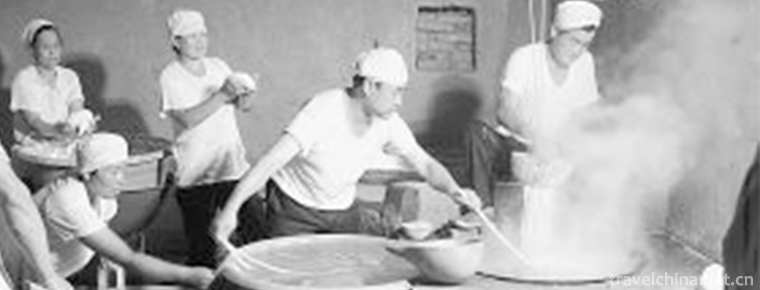
-
Tangwang River Linhai Qishi Scenic Area
Tangwanghe Linhai Qishi Scenic Area is located in Tangwanghe District, Yichun City, Heilongjiang Province..
Views: 139 Time 2018-12-05 -
Hengdian Film and Television City Scenic Area
Hengdian Film and Television City is a large-scale comprehensive tourist area which integrates film and television, tourism, vacation, leisure and sightseeing. It has been rated as the national AAAAA-.
Views: 165 Time 2019-01-13 -
Hulu Mountain Villa Tourist Scenic Area
Huludao Mountain Resort is located on the Bohai coast in the northeast of Huludao City, Liaoning Province. The rich and colorful Huludao Mountain Resort is located in Huludao City.
Views: 165 Time 2019-01-16 -
Yellow River Grand Canyon
The Yellow River Grand Canyon is located in Qingtongxia Town, Wuzhong City, Ningxia. It is 20 kilometers away from Wuzhong City. It is a scenic spot of the Yellow River Canyon composed .
Views: 158 Time 2019-01-18 -
Qinhu National Wetland Park
Qinhu National Wetland Park is located between the central part of Jiangsu Province and the Yangtze and Huaihe River. The total area of the scenic spot is 26 square kilometers..
Views: 146 Time 2019-02-07 -
Leitaihan Culture Museum Wuwei
Leitaihan Culture Museum is located in the urban area of Wuwei City. It is the land of the Chinese tourism symbol "Ma Ta Feiyan". Leitai was declared as the key cultural relics protection un.
Views: 183 Time 2019-02-24 -
The Story of Guangchan Marquis
The story of Guangchan Marquis refers to a local folklore widely circulated in Yangcheng County, Jincheng City. Guangchan Marquis refers to an ordinary folk veterinarian in the Northern Song Dynasty.
Views: 158 Time 2019-05-01 -
Guangchang Meng Opera
Guangchang Mengxi Opera, a traditional local drama popular in Guangchang County, Jiangxi Province, is one of the national intangible cultural heritage..
Views: 110 Time 2019-05-01 -
Legend of the ancestors of Khitan
The legend of the ancestors of Qidan is a folk legend that is spread in Pingquan County, Hebei Province, China. According to legend, the ancestors of Qidan were born on the Futu River in Mayushan.
Views: 111 Time 2019-06-10 -
Southwest University of Finance and Economics
Southwest University of Finance and Economics is a national key university under the Ministry of Education's "211 Project" and "985 Project" dominant disciplines innovation platfor.
Views: 153 Time 2019-08-31 -
Ban Zhao
Ban Zhao (about 45 years - about 117 years), also known as Ji, the word Hui ban. Fufeng An Ling (now northeast of Xianyang, Shaanxi), a historian and a writer of Eastern Han Dynasty. historian Ban Bi .
Views: 287 Time 2019-09-11 -
Guang fan Lu
Bian Guang fan, Zi Yi, was born in the first year of Tang Zhaozong's Tianfu (901 years). Emperor Taizu of Song Kai Po six years (973 years), and the state of Yangqu (now Shanxi Taiyuan Yangqu), he has.
Views: 184 Time 2019-09-14
